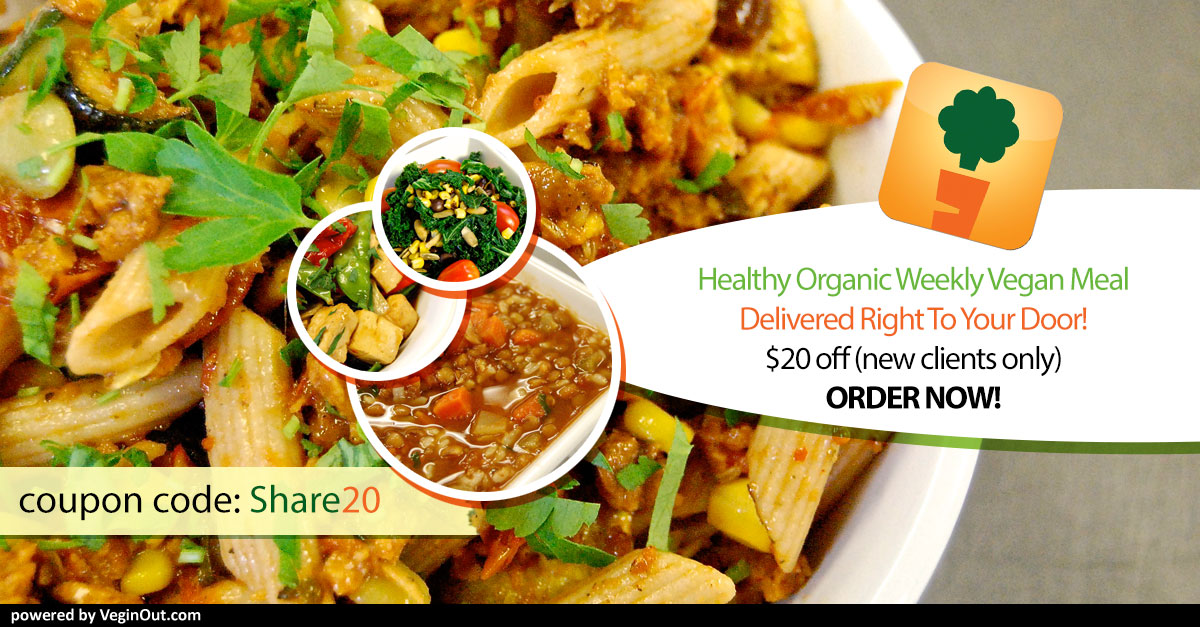From Seed to Supper: A Beginner’s Guide to Growing Your Own Food
If you’ve ever thought about growing your own food but weren’t sure where to start, I’ve got you covered!
Growing your own food doesn’t need to be intimidating, and trust me, it can be one of the most rewarding experiences. There’s something truly special about stepping outside to harvest fresh produce that you’ve nurtured from seed. Plus, the flavors are unbeatable compared to store-bought. So, if you’re ready to dig in, let’s dive into some beginner-friendly tips and the easiest plants to grow in your very own food garden.
Start Simple: Easy-to-Grow Veggies for Beginners
When you’re first starting out with growing your own food, you don’t need to dive into complicated or hard to grow crops. Some vegetables and fruits are incredibly easy to grow, and these picks are perfect for new gardeners and first timers. Here are my absolute favorites:
- Sweet Basil – This herb is quick to grow and adds a punch of flavor to any dish. It loves warm weather, and as long as you give it good soil and a little sunlight, you’ll be on your way to fresh pesto in no time.
- Tomatoes – An all-time garden classic. Whether you grow small cherry tomatoes, roma tomatoes or larger heirloom varieties, tomatoes thrive with a little time and care. They love warmth, so be sure to plant them after the last wintery frost, and they’ll reward you with delicious, juicy homegrown fruits.
- Okra – This southern staple is heat-tolerant and grows pretty quickly. It loves the sun and can handle a bit of drought like heat, making it perfect for beginner gardeners. Plus, the pods are great for frying, pickling, or adding to gumbo.
- Lettuces – Whether it’s romaine, butterhead, or a sugar loaf endives, lettuce is simple to grow and doesn’t require a lot of space. It thrives in cooler weather, so plant it early or late in the season for the best results.
- Corn – Corn is fun to grow and pretty low-maintenance. Just be sure to give it enough space for the stalks to grow tall, and you’ll have a harvest of corn kernels in a couple of months.
- Peppers – From sweet bell peppers to spicy jalapeños, most peppers are beginner-friendly and add so much flavor to your garden. They prefer warm soil and need a lot of sunlight, but they’ll reward you with colorful, delicious peppers of all kinds.
- Squash – Summer squash and green zucchini grow quickly and produce tons of fruit. Just be careful—once these plants start producing, they won’t stop! Great for making everything from casseroles, soups, stir-fries, and zucchini breads.
- Radishes – Radishes are one of the fastest-growing garden crops, perfect for first-time gardeners. They only take a few weeks from seed to harvest, and they’re great for adding a little spice to your salads or healthy veggies to your soups.
- Watermelons – If you have enough space, watermelons are a fantastic pick. These vines need room to spread, but they love the heat and can grow big, sweet juicy fruits in no time.
The Essentials: What You Need for Growing Your Own Food
Now that you know which plants to start with, let’s talk about the basics you’ll need to start growing your own food system. Don’t worry, you don’t need a huge piece of land to get started, but here are the essentials:
- Good Soil – Healthy soil is the foundation of any garden. Make sure it’s non-rocky, well-drained, and nutrient-rich. If your soil isn’t great to start with, you can amend it with compost or organic matter to improve it. You can even add a load of topsoil over it.
- Fertilizer & Plant Food – To keep your plants healthy and thriving, use a fertilizer to feed them throughout the growing season. I swear by Miracle Grow or Expert Gardener Plant Food. These fertilizers provide the essential nutrients that will encourage healthy growth and big, tasty harvests.
- Planting Starter Pots or Mini Greenhouse – If you’re starting from seed, using planting starter pots or a mini greenhouse is a great way to get things going. This gives your seeds a protected environment to sprout before being transplanted into the garden.
- Space – You don’t need acres of land to have a productive garden. If you’ve got a small plot, 5 gallon buckets, or even some containers, you can still grow a variety of plants. For those with limited space, consider building a Walapini halfway underground greenhouse, which is a great way to extend your growing season and protect your plants from the elements.
- Watering System – Regular watering is crucial, especially in the early stages. Depending on your garden size, you can go with a traditional watering hose or can, a solar drip irrigation system, or even a soaker hose to keep your plants hydrated.
- Sunlight – Most vegetables love many hours of sunlight, so choose a spot in your yard that gets at least 6-8 hours of direct sun each day. If your garden area doesn’t have full sun, look for plants that thrive in partial shade, like lettuces or spinach.
Start Growing Your Own Food Today: Simple Steps to Begin Your Garden
- Plan Your Garden – Think about what you like to eat and what grows well in your area. It’s a good idea to group plants with similar needs together. For example, place your heat-loving peppers and tomatoes in the sunniest part of your garden areas.
- Rotate Your Crops – To avoid depleting the soil of nutrients, rotate your crops to different areas of the garden each season. This helps prevent pests and diseases from building up and keeps your soil healthy.
- Mulch – Applying a layer of mulch around your plants helps retain moisture, suppress weeds, and regulate soil temperature. It’s especially helpful during hot summer months in the warmer Southern states.
- Don’t Be Afraid to Experiment – Every garden is different, and not everything will go according to plan. If something doesn’t work, try it out again! Gardening is about trial and error, so don’t get discouraged if your first attempt isn’t perfect. Some plants take a little practice to get them just right.
- Enjoy the Journey – Gardening is a process, not just a means to an end. Take the time to enjoy the beauty of the plants, the fresh air out in nature, and the satisfaction of knowing that you’ve grown your own food all by yourself.
The Reward: Fresh, Flavorful Harvests
There’s nothing like biting into a ripe tomato, freshly picked from your garden, or grabbing a handful of basil for a homemade pesto. The sweet juicy taste of a freshly picked peach or pear straight off the tree. The flavor of homegrown produce is incomparable, and when you grow your own food, you know exactly where it’s been, how it was made, and what’s gone into it.
So, grab your shovel, gather your supplies, and start the planting! With a little patience and a lot of love, you’ll be enjoying your own homegrown veggies in no time. There’s nothing like a garden-to-table meal that you’ve grown yourself—now that’s real farm-to-table living. You can even start some seeds indoors during the winter months, and have them ready to go in the garden when spring hits. A dedicated table or shelf, a nice grow light, and you have yourself an indoor winter garden.



















